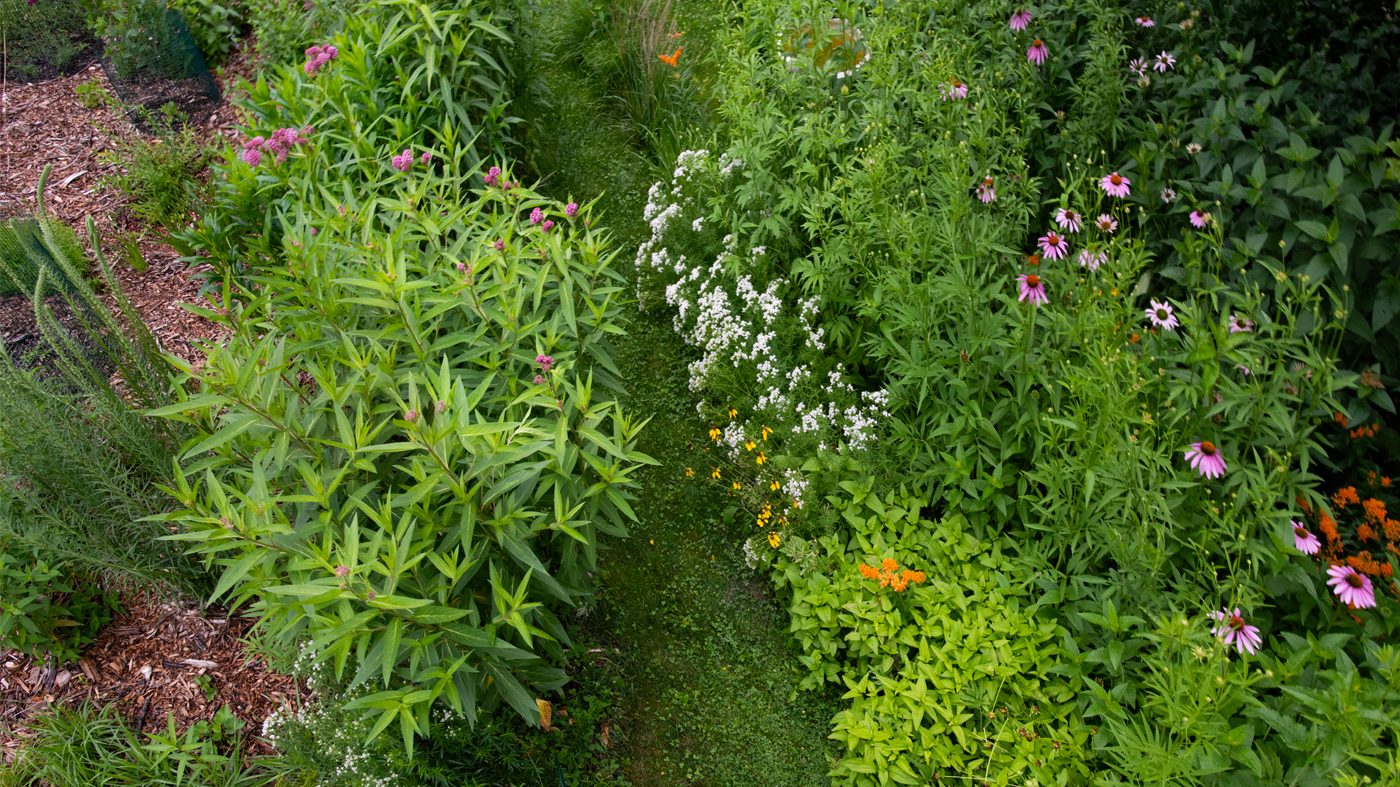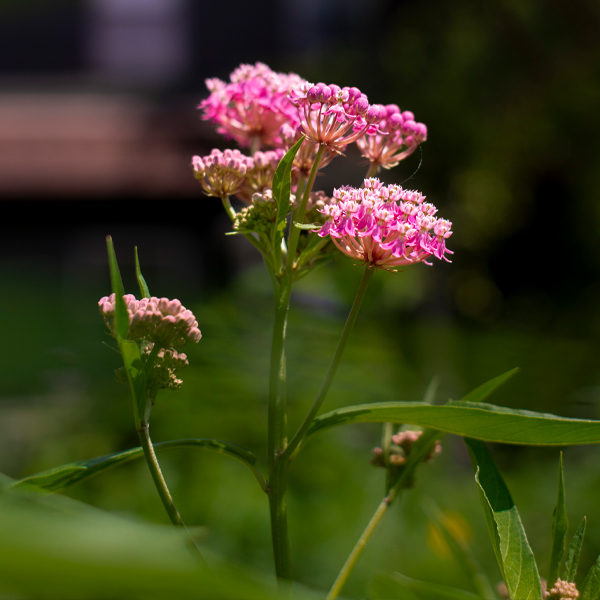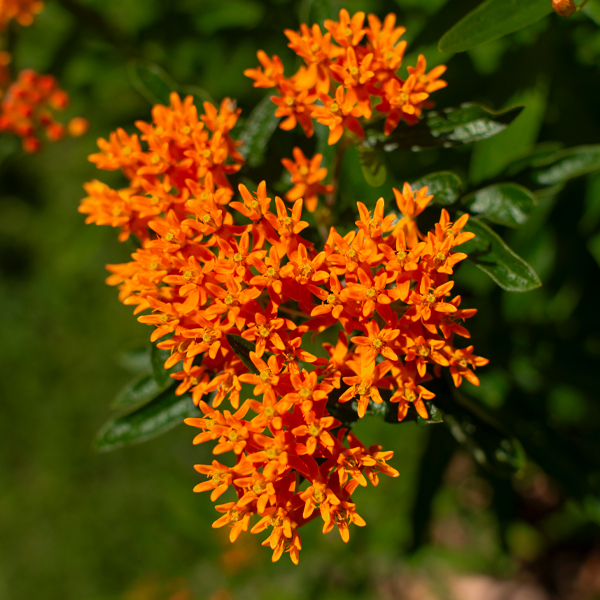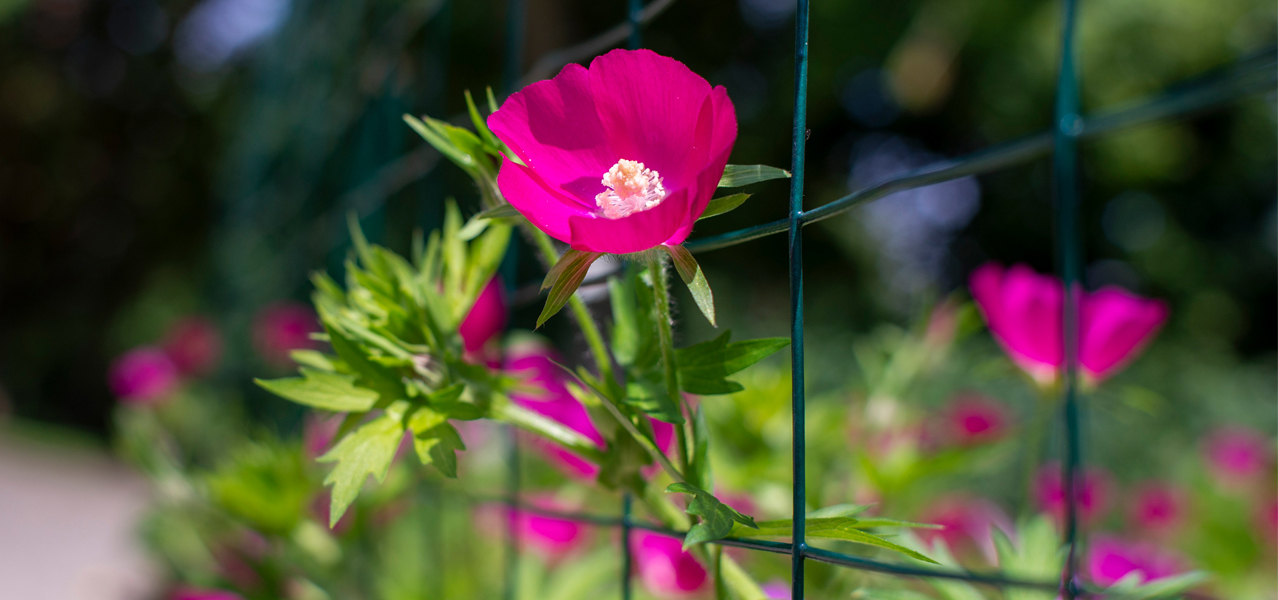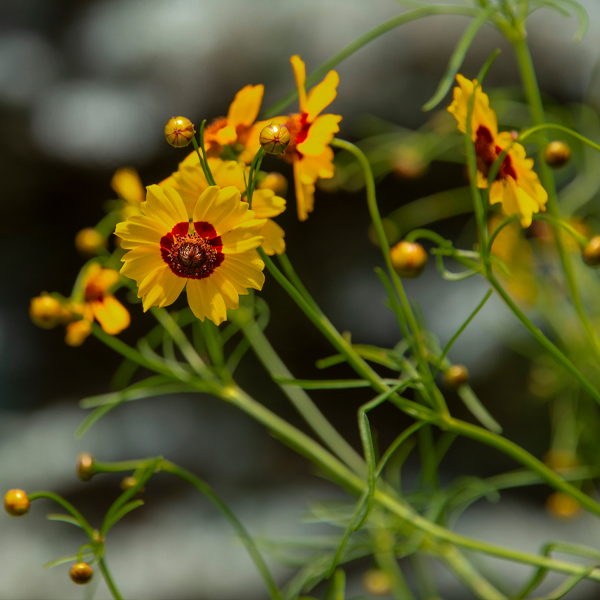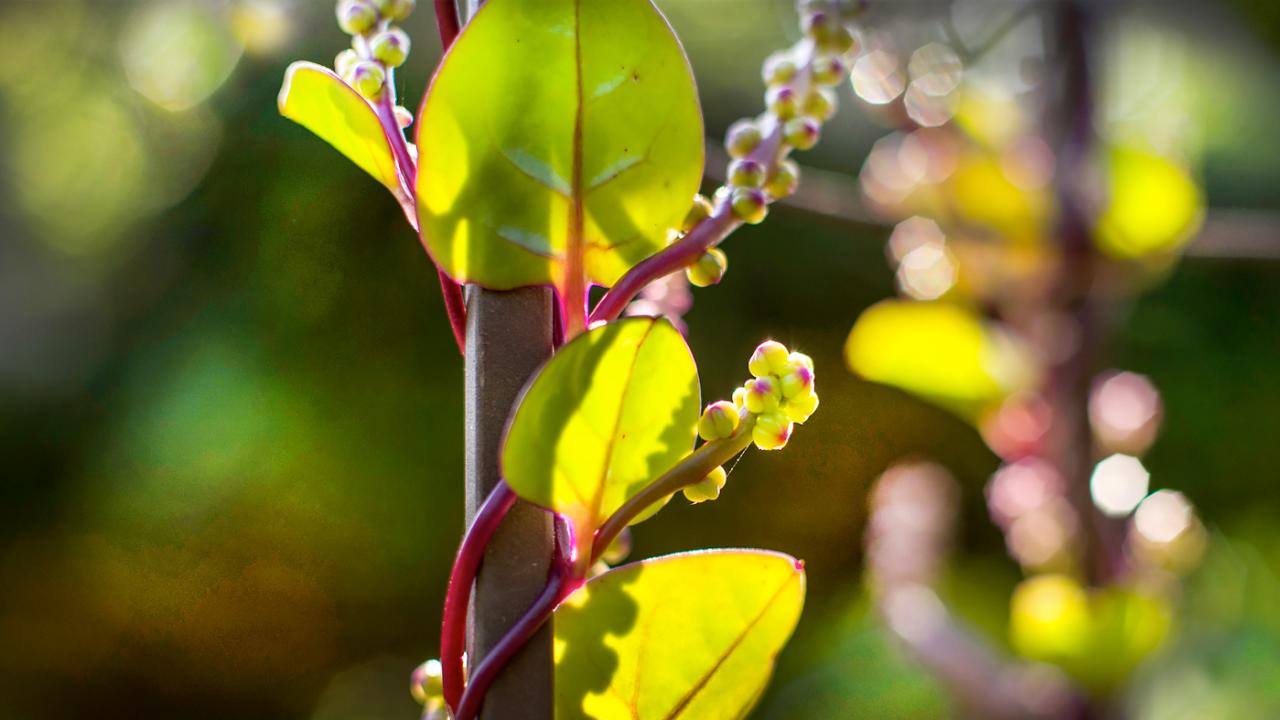

Plants &
Gardening
Garden Stories
Rewilding Our Suburban Lawn
Next came design.
This was perhaps the most important step in our eyes. We were all too familiar with the reputation of native lawns being weedy eyesores. But we love a challenge. Determined to show how a residential native landscape can have countless environmental benefits—and add surprising curb appeal—we focused on making our garden an intentionally well-designed, artful “rewilding.”
We also drew inspiration from Piet Oudolf whose award-winning projects such as the Lurie Garden in Millennium Park and the High Line in New York City feature dazzling drifts of perennial forbs (wildflowers), accented by sedges, vines, shrubs, and trees that come together to form breathtaking natural artworks. Like Oudolf, we considered things such as bloom color and season, plant height and spread, texture, sun requirements, and growth rate as we sketched out our original design.
Now four years into our native landscaping adventure, our “suburban yard” features more than 130 species of plants that are native to northern Illinois. And all the work has really paid off. Neighbors and friends have praised the beauty and interest the garden brings to the neighborhood, and many have been inspired to learn more about the tremendous benefits of native plants over traditional residential landscaping. It was especially gratifying for us when both the National Wildlife Federation and Openlands certified our garden as a sustainable native habitat and ecosystem.
Besides the garden’s natural beauty, the environmental benefits are strikingly visible. Dozens of species of bees and butterflies swarm the blossoms throughout spring and summer doing their critical job as plant pollinators. We have so far logged more than 100 species of birds who enjoy the food sources and shelter of the garden, and it has been a favorite way station for many migratory birds. Furry friends are frequent visitors as well: raccoons, chipmunks, possums, skunks, squirrels, bats, rabbits, field mice, red foxes, and even the occasional deer and coyote.
It is heartening to see all these hallmarks of a thriving ecosystem, none of which we’d have enjoyed with a traditional grass lawn.
Plants We Used in Our Garden
Our initial plants included wildflowers such as prairie smoke, wild columbine, blue flag iris, purple coneflower, butterfly milkweed, foxglove beardtongue, bottle gentian, rattlesnake master, and black-eyed Susan.
Sedges and grasses such as little bluestem, Pennsylvania sedge, purple love grass, and prairie dropseed added rich textural counterpoint, while blossoming shrubs like serviceberry, shrubby St. John’s wort, red osier dogwood, winterberry, prairie willow, and American black currant created shapely clusters to fill out the composition. Finally, the mix was anchored by several trees such as pagoda dogwood, yellow birch, American sycamore, and eastern redbud.
Find your inspiration through Rewilding the Queens’ Lawn, a storytelling performance included in our summer theme—Lost & Found.



